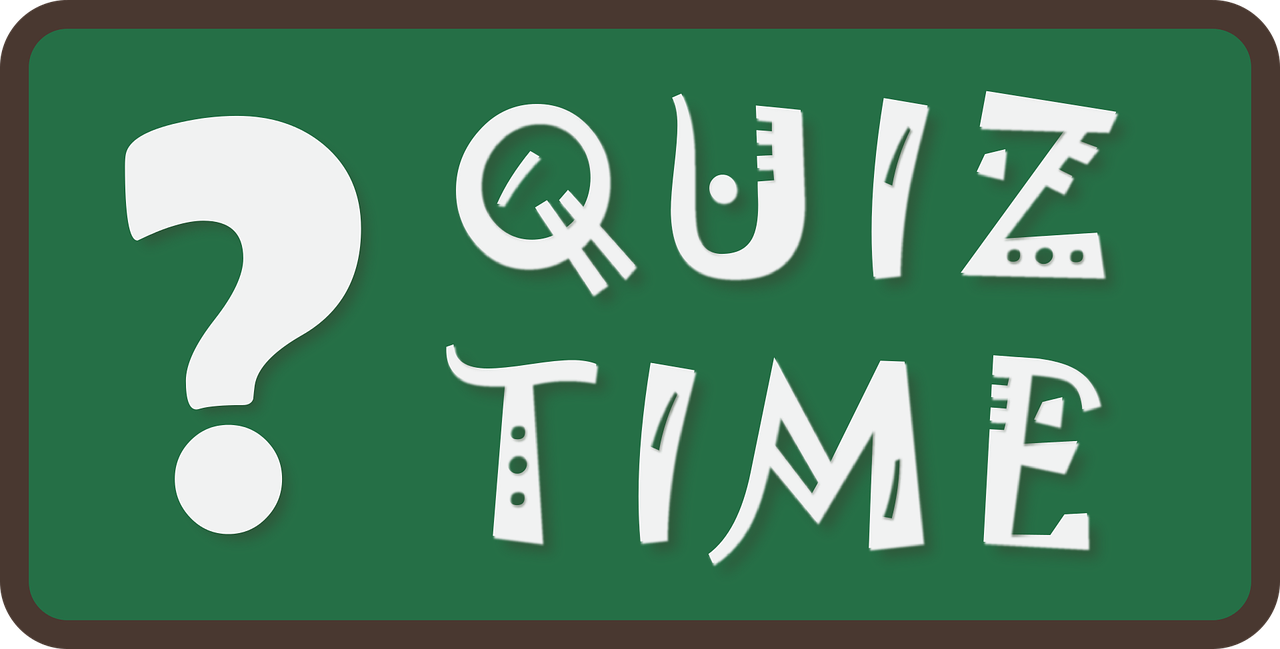#!/usr/bin/env python
# coding: utf-8
# In[1]:
# Reveal.js
from notebook.services.config import ConfigManager
cm = ConfigManager()
cm.update('livereveal', {
'theme': 'white',
'transition': 'none',
'controls': 'false',
'progress': 'true',
})
# In[2]:
get_ipython().run_cell_magic('capture', '', '%load_ext autoreload\n%autoreload 2\n# %cd ..\nimport sys\nsys.path.append("..")\nimport statnlpbook.util as util\nutil.execute_notebook(\'language_models.ipynb\')\n')
# In[3]:
get_ipython().run_cell_magic('html', '', '\n\n')
# In[4]:
from IPython.display import Image
import random
# # Contextualised Word Representations
#
#
# ## What makes a good word representation? ##
#
# 1. Representations are **distinct**
# 2. **Similar** words have **similar** representations
# ## What does this mean? ##
#
#
# * "Yesterday I saw a bass ..."
# In[5]:
Image(url='../img/bass_1.jpg'+'?'+str(random.random()), width=300)
# In[6]:
Image(url='../img/bass_2.svg'+'?'+str(random.random()), width=100)
# # Contextualised Representations #
#
# * Static embeddings (e.g., [word2vec](dl-representations_simple.ipynb)) have one representation per word *type*, regardless of context
#
# * Contextualised representations use the context surrounding the word *token*
#
# ## Contextualised Representations Example ##
#
#
# * a) "Yesterday I saw a bass swimming in the lake"
# In[7]:
Image(url='../img/bass_1.jpg'+'?'+str(random.random()), width=300)
# * b) "Yesterday I saw a bass in the music shop"
# In[8]:
Image(url='../img/bass_2.svg'+'?'+str(random.random()), width=100)
# ## Contextualised Representations Example ##
#
#
# * a) "Yesterday I saw a bass swimming in the lake".
# * b) "Yesterday I saw a bass in the music shop".
# In[9]:
Image(url='../img/bass_visualisation.jpg'+'?'+str(random.random()), width=500)
# ## What makes a good representation? ##
#
# 1. Representations are **distinct**
# 2. **Similar** words have **similar** representations
# Additional criterion:
#
# 3. Representations take **context** into account
# ## How to train contextualised representations ##
#
# Basicallly like word2vec: predict a word from its context (or vice versa).
#
# Cannot just use lookup table (i.e., embedding matrix) any more.
#
# Train a network with the sequence as input! Does this remind you of anything?
#  #
# The hidden state of an RNN LM is a contextualised word representation!
# In[9]:
Image(url='../img/elmo_1.png'+'?'+str(random.random()), width=800)
# "Let's stick to improvisation in this skit"
#
# Image credit: http://jalammar.github.io/illustrated-bert/
# ## Bidirectional RNN LM ##
#
# An RNN (or LSTM) LM only considers preceding context.
#
# ELMo (Embeddings from Language Models) is based on a biLM: *bidirectional language model* ([Peters et al., 2018](https://www.aclweb.org/anthology/N18-1202/)).
# In[6]:
Image(url='../img/elmo_2.png'+'?'+str(random.random()), width=1200)
# In[10]:
Image(url='../img/elmo_3.png'+'?'+str(random.random()), width=1200)
#
#
# The hidden state of an RNN LM is a contextualised word representation!
# In[9]:
Image(url='../img/elmo_1.png'+'?'+str(random.random()), width=800)
# "Let's stick to improvisation in this skit"
#
# Image credit: http://jalammar.github.io/illustrated-bert/
# ## Bidirectional RNN LM ##
#
# An RNN (or LSTM) LM only considers preceding context.
#
# ELMo (Embeddings from Language Models) is based on a biLM: *bidirectional language model* ([Peters et al., 2018](https://www.aclweb.org/anthology/N18-1202/)).
# In[6]:
Image(url='../img/elmo_2.png'+'?'+str(random.random()), width=1200)
# In[10]:
Image(url='../img/elmo_3.png'+'?'+str(random.random()), width=1200)
#  #
# # [ucph.page.link/bilm](https://ucph.page.link/bilm)
# ([Responses](https://docs.google.com/forms/d/1BimPo-S12XWt1qOJLXBTIGjRpt-bVW8H7hmT3j0iRRQ/edit#responses))
# ### Solution
#
# To prevent a word from being used to predict itself, while still allowing the model to consider both preceding and following words.
# ## Problem: Long-Term Dependencies ##
#
# LSTMs have *longer-term* memory, but they still forget.
#
# Solution: *transformers*! ([Vaswani et al. (2017)](https://arxiv.org/abs/1706.03762))
# * In 2022, all state-of-the-art LMs are transformers.
# * Yes, also GPT-3
# In[15]:
Image(url='../img/transformers.png'+'?'+str(random.random()), width=400)
# # Summary #
#
# * Static word embeddings do not differ depending on context
# * Contextualised representations are dynamic
# # Additional Reading #
#
# + [Jurafsky & Martin Chapter 11](https://web.stanford.edu/~jurafsky/slp3/11.pdf)
# In[ ]:
#
# # [ucph.page.link/bilm](https://ucph.page.link/bilm)
# ([Responses](https://docs.google.com/forms/d/1BimPo-S12XWt1qOJLXBTIGjRpt-bVW8H7hmT3j0iRRQ/edit#responses))
# ### Solution
#
# To prevent a word from being used to predict itself, while still allowing the model to consider both preceding and following words.
# ## Problem: Long-Term Dependencies ##
#
# LSTMs have *longer-term* memory, but they still forget.
#
# Solution: *transformers*! ([Vaswani et al. (2017)](https://arxiv.org/abs/1706.03762))
# * In 2022, all state-of-the-art LMs are transformers.
# * Yes, also GPT-3
# In[15]:
Image(url='../img/transformers.png'+'?'+str(random.random()), width=400)
# # Summary #
#
# * Static word embeddings do not differ depending on context
# * Contextualised representations are dynamic
# # Additional Reading #
#
# + [Jurafsky & Martin Chapter 11](https://web.stanford.edu/~jurafsky/slp3/11.pdf)
# In[ ]:


